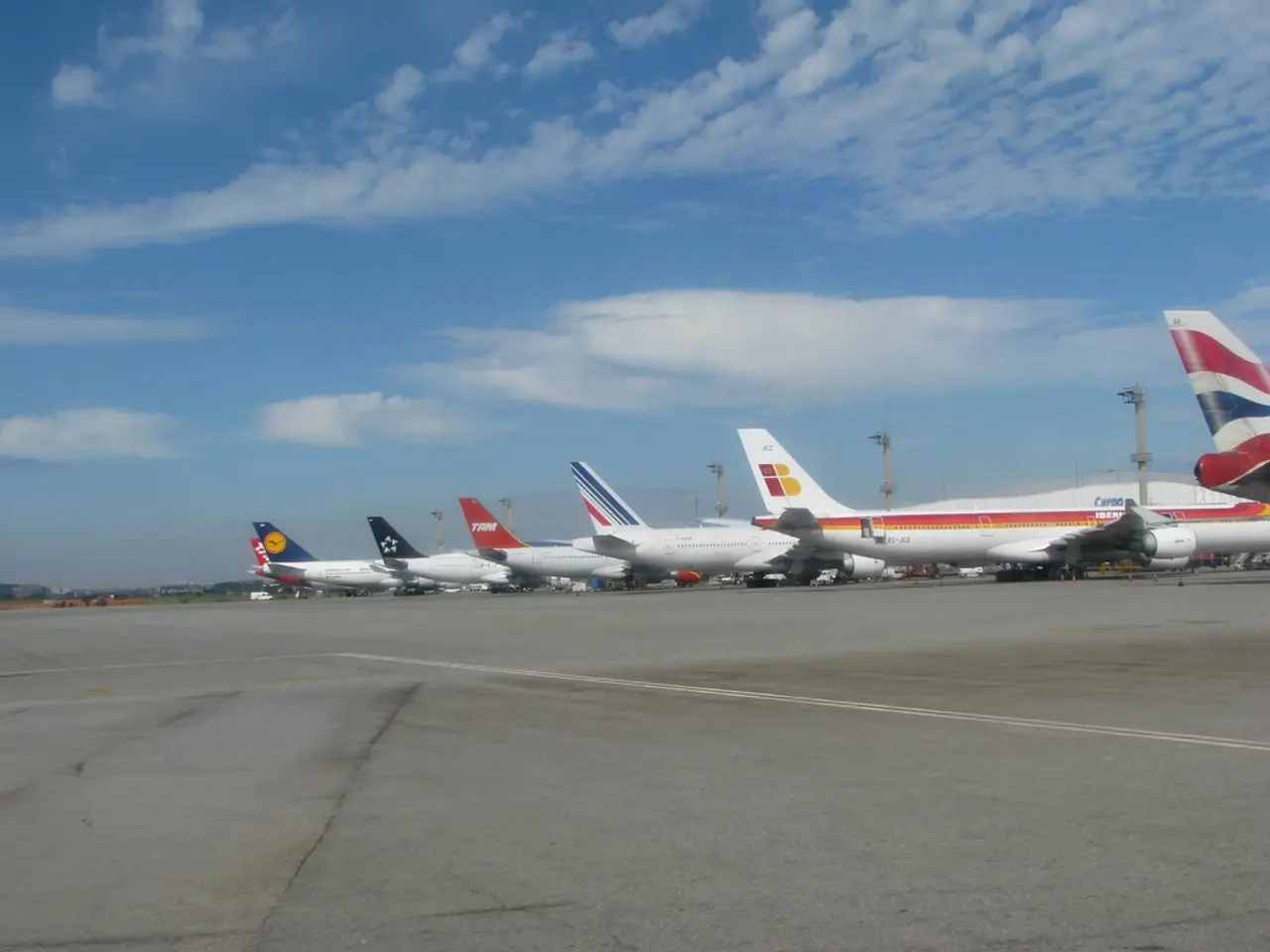Aircraft routes experiencing the highest turbulence intensity.
Increased Turbulence on Global Air Routes Due to Climate Change
Air travelers may face more turbulent journeys in the near future, as a new study predicts a significant increase in light, moderate, and severe turbulence on various air routes worldwide. The routes most affected by this increase include those crossing mountainous regions and certain busy corridors prone to strong wind shifts and jet stream changes.
According to the study, there will be a +59% increase in light turbulence, a +75% increase in light to moderate turbulence, a +94% increase in moderate turbulence, a +127% increase in moderate to severe turbulence, and a +149% increase in the most severe turbulence.
Some of the ten connections most affected by turbulence in 2023, as analyzed by Turbli, are the Almaty (Kazakhstan) - Bishkek (Kyrgyzstan), Langzhou (China) - Chengdu (China), Osaka (Japan) - Sendai (China), Xiangyang (China) - Chengdu (China), Xiangyang (China) - Chongqing (China), and Milan (Italy) - Zurich (Switzerland) routes.
The most turbulent air routes expected to increase turbulence due to global warming are primarily those crossing the Andes, Rockies, Himalayas, Alps, and busy corridors in the US and Europe. Notably, the Mendoza, Argentina to Santiago, Chile route over the Andes Mountains is the world's most turbulent, with turbulence increasing due to the powerful air waves generated by the mountain range.
Other turbulent routes crossing major mountain ranges such as the Rockies (Albuquerque to Denver, USA), Himalayas, and Alps are also experiencing more turbulence, partially linked to climate change. European routes involving cities like Geneva, Zurich, Milan, as well as the Denver route in the US, are reported among the most turbulent in recent monitoring, with concerns that climate change is exacerbating turbulence conditions.
Experts attribute the rising turbulence frequency to changes in atmospheric dynamics from global warming, including stronger jet streams and more unstable air currents. As the planet warms, these effects are expected to intensify, increasing turbulence particularly on routes over and near mountains and jet stream-influenced corridors.
In response to the increased turbulence, Singapore Airlines has changed its in-flight safety protocol, with staff no longer distributing meals or drinks when the "fasten your seat belts" sign is displayed. The airline's flight SQ321 from London to Singapore encountered severe turbulence while flying over Burma on May 21, 2024, resulting in one death and a hundred injuries.
Turbli offers a global map of turbulence, allowing travelers to plan their journeys more carefully and avoid routes with high turbulence when possible. However, as turbulence is expected to increase due to global warming, avoiding certain routes may become more challenging in the future.
References: 1. Global Warming and Turbulence 2. Climate Change and Air Travel Turbulence 3. Turbulence on the Rise Due to Climate Change 4. Climate Change and Air Travel Turbulence 5. Turbulence on the Rise Due to Climate Change
The increasing turbulence on global air routes, largely due to climate change, might necessitate a shift in science-based research towards finding solutions to mitigate the impact of severe turbulence on air travel. As lifestyles become more interconnected, accommodating the weather challenges posed by increased turbulence may require collaborative efforts between various stakeholders, including airlines, governments, and weather agencies.




